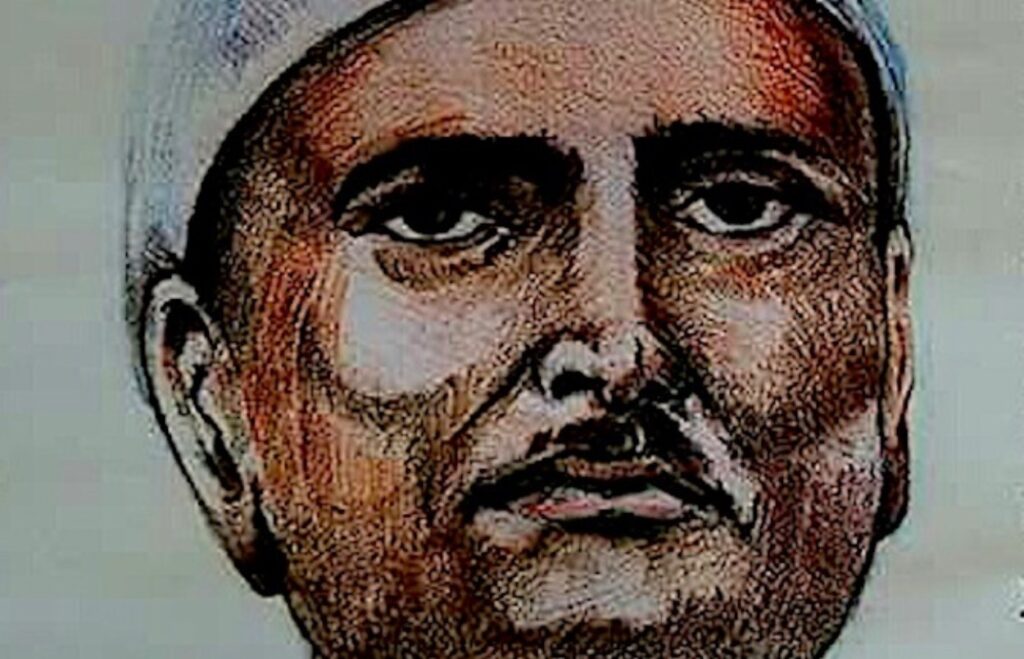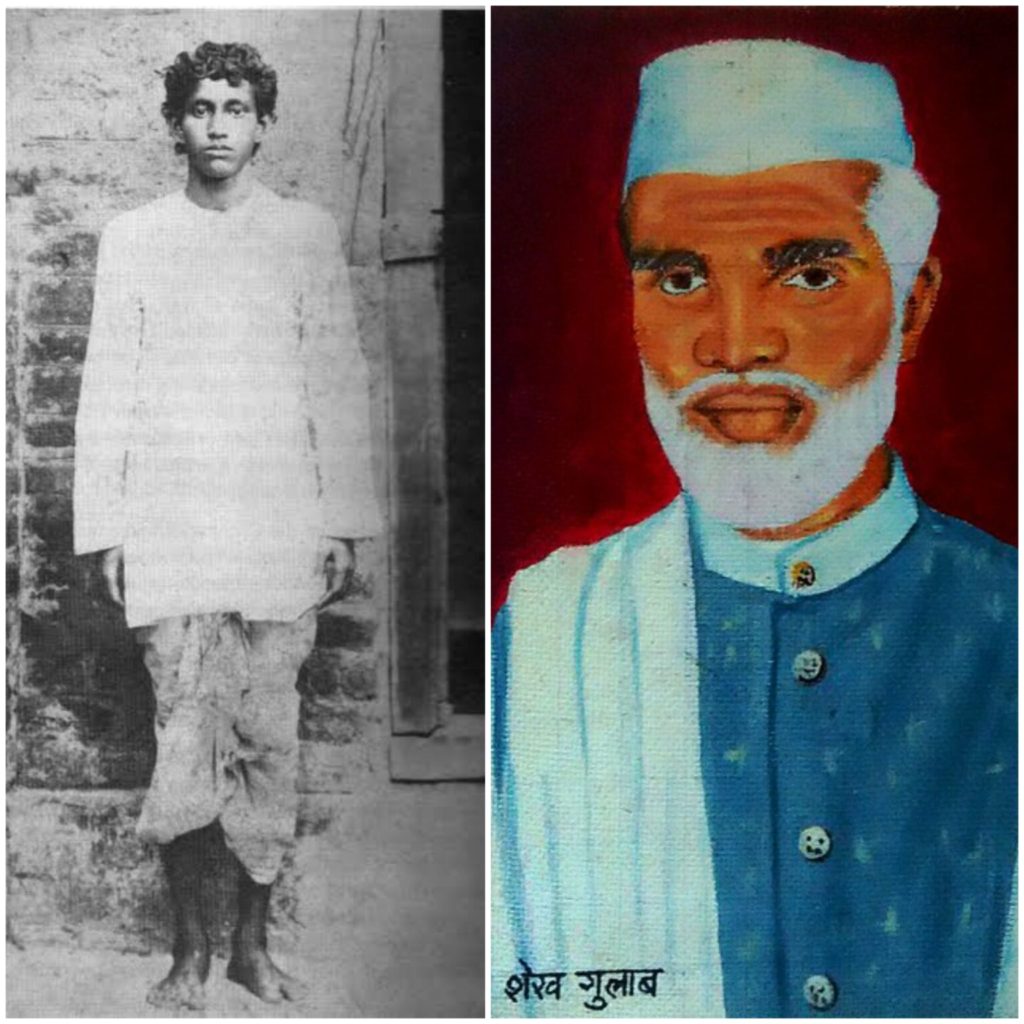INDIA:

“Of men of this type who are known to have approached Mr. Gandhi with offers of assistance, the most prominent is Pir Muhammad.” W. H. Lewis, Sub Divisional Officer of Bettiah, wrote this in a report to the Commissioner of Muzaffarpur in 1917. The context was the famous Champaran Satyagraha which launched Mahatma Gandhi in Indian politics. The British officials believed that Pir Muhammad was the man who informed Gandhi about the plight of peasants in Champaran.
Who is Pir Muhammad?
I asked the question to a researcher when he told me about Pir Muhammad. I was heading a research team for planning a museum at Red Fort, Delhi. I had no idea about Pir Muhammad. After I got to know him and his contributions, we gave him a place in a gallery with Ganesh Shankar Vidyarthi, another nationalist journalist.
Lewis gives the answer to the above question in his report: “He is, I believe, a convert to Muhammadanism (Islam), and was a teacher in the Raj School. He was dismissed from his post for virulent attacks on local management published in or about 1915 in the press. He lives in Bettiah, and works as a press correspondent for the Partap, a paper which distinguished itself for its immoderate expressions on Champaran questions.”
Pir Muhammad, who used pen name Munis, was a regular contributor to the nationalist Hindi newspaper Pratap edited by great freedom fighter Ganesh Shankar Vidyarthi. Chamaparan had been a center of anti-colonial agitation since 1906 when Sheikh Gulab and Sital Ray organized peasants against the forced indigo plantations. Pir was a school teacher in Champaran with a flair for writing. In 1914, he started highlighting the atrocities of British officials on local peasants with his articles in the Pratap.
Pir’s articles popularised agitations in Champaran at a national level. Along with Raj Kumar Shukul, he played an instrumental role in bringing Gandhi to Champaran and starting a satyagraha. An intelligence report noted that Pir “is a man of no position, and no means, a dangerous man, is practically a Badmash”.
Lewis reports explains the important of Pir Munis. It says, “Pir Muhammad is the link between this Bettiah class of mostly educated and semi-educated men and the next class, i.e., the raiyats’ leaders.” In a society where raiyats (peasants) were mostly illiterate, their voices remained unheard by the educated class. Pir was an educated person but did not belong to the urban elite. His articles brought out the realities of village dwellers to the urban educated class. The urban educated, like Rajendra Prasad, further popularised the matter at a nationwide scale.
Pir before the visit of Gandhi, and after the visit as well, advised peasants who took up legal battle against the indigo planters. He used to sit at SDM and SDO’s courts to help any peasant who wanted to file a case against indigo planters. This is a reason why the Superintendent of Police called him “a very bitter man”.
Pir Munis played an important role in making Gandhi a national hero. After Champaran Satyagraha, he kept fighting for peasants’ rights, depressed classes, and promoting the Hindi language till his death in 1949.
source: http://www.awazthevoice.in / Awaz, The Voice / Home> Story / by Saquib Salim / August 18th, 2023









